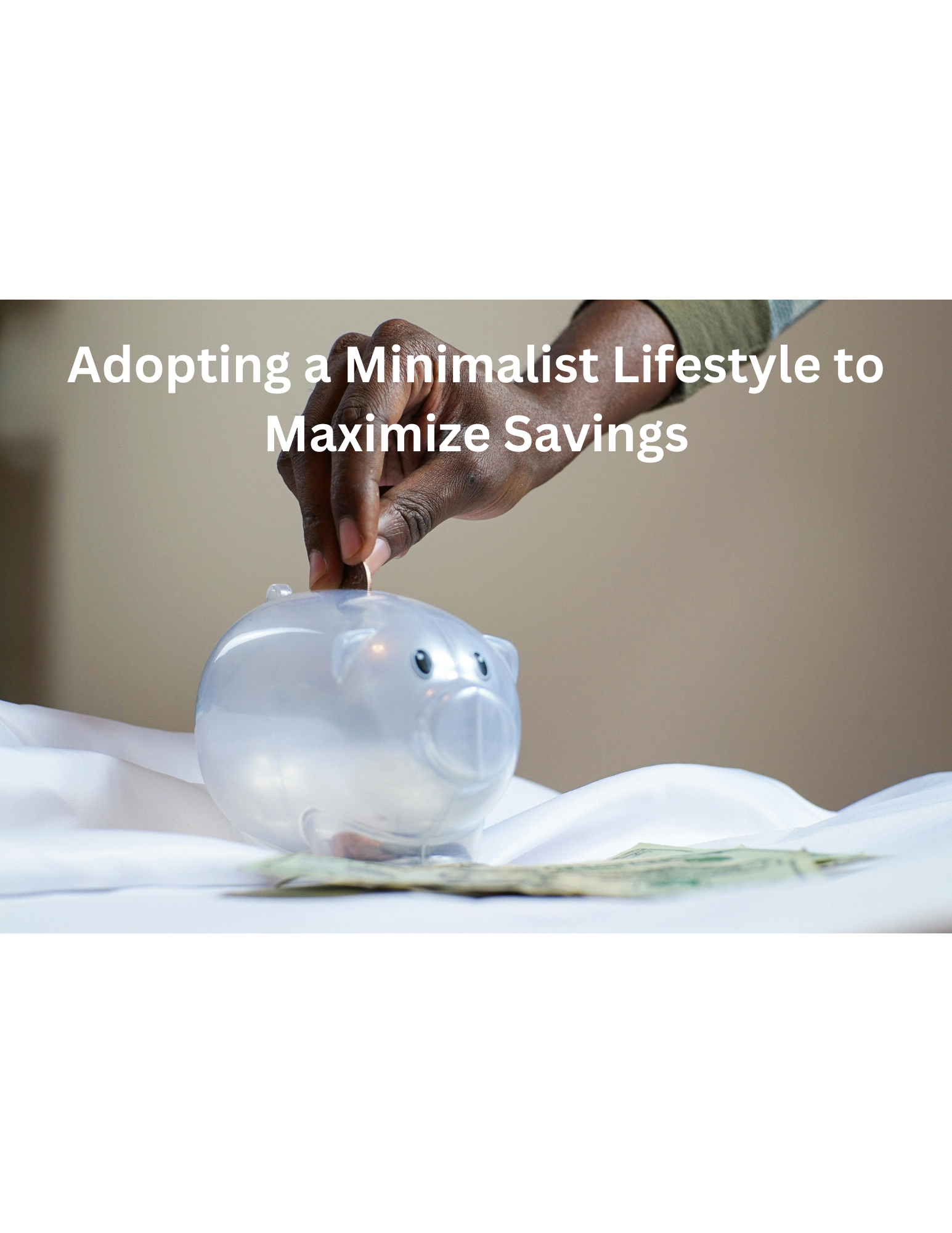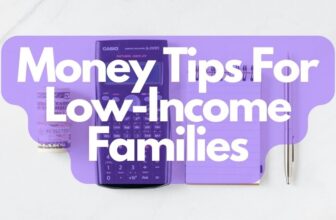
How to Embrace Minimalism and Maximize Your Savings
If you want to save more money and live a more intentional life, adopting a minimalist lifestyle could be the answer. Minimalism isn’t just about getting rid of stuff; it’s about simplifying your life, focusing on what’s important, and cutting unnecessary expenses. Here are some practical strategies to help you embrace minimalism and boost your savings.
Read also: Save Money by Tackling Home Improvements Yourself
1. Grasp the Essence of Minimalism
What is Minimalism?
Minimalism is about simplifying your life by reducing clutter and focusing on essentials. It’s about living with less but experiencing more, aiming to eliminate excess and concentrate on what truly adds value.
Benefits of Minimalism
Beyond saving money, minimalism can reduce stress, improve mental clarity, and create a peaceful living environment. It helps you lead a more fulfilling and meaningful life by prioritizing what truly matters.
2. Declutter Your Space
Start Small
Begin by decluttering one area of your home at a time. Start with a drawer or a closet and gradually work through your entire home. This method prevents overwhelm and helps build momentum.
The Four-Box Method
Use four boxes labeled “Keep,” “Donate,” “Sell,” and “Trash.” As you go through each item, decide which box it belongs in. Be honest about what you truly need and use.
One In, One Out Rule
To maintain a clutter-free home, adopt the one in, one out rule. For every new item you bring in, get rid of one existing item. This prevents the accumulation of unnecessary possessions.

3. Simplify Your Wardrobe
Capsule Wardrobe
Create a capsule wardrobe with versatile, timeless pieces you love and wear regularly. Focus on quality over quantity, and choose items that can be mixed and matched to create different outfits.
Quality Over Quantity
Invest in high-quality clothing that lasts longer and looks better than cheaper, fast-fashion items. While the initial cost may be higher, you’ll save money in the long run by not needing frequent replacements.
Shop Secondhand
Consider shopping secondhand for new clothes. Thrift stores, consignment shops, and online marketplaces offer gently used clothing at a fraction of the cost, making it an eco-friendly option.
4. Adopt Mindful Spending Habits
Assess Your Needs vs. Wants
Before making a purchase, ask yourself if it’s a need or a want. Prioritize spending on needs and think twice before splurging on wants.
Create a Budget
Track your income and expenses, and allocate funds for necessities, savings, and discretionary spending. Stick to your budget to avoid overspending and ensure you save money each month.
Embrace the 30-Day Rule
For non-essential purchases, implement the 30-day rule. Wait 30 days before buying something you want. This helps determine if the item is truly necessary or just an impulse buy.
5. Reduce Monthly Expenses
Cut Back on Subscriptions
Review and cancel subscriptions you don’t use regularly. Consider sharing subscriptions with family or friends to split the cost.
Energy-Efficient Home
Make your home more energy-efficient to save on utility bills. Use LED bulbs, unplug electronics when not in use, and install a programmable thermostat. Small changes can lead to significant savings.
Cook at Home
Save money by cooking meals at home and packing lunches for work. Plan your meals, make a shopping list, and stick to it. Batch cooking can save time and ensure you always have something healthy and affordable to eat.
6. Focus on Experiences Over Things
Value Experiences
Shift your focus from acquiring material possessions to valuing experiences. Traveling, learning new skills, or spending time with loved ones often brings more joy and fulfillment than buying new things.
Free and Low-Cost Activities
Look for free or low-cost activities in your community. Parks, hiking trails, libraries, and community centers offer a wealth of activities that don’t cost much.
DIY Entertainment
Host game nights, movie nights, or potluck dinners with friends and family. These activities are often more enjoyable and budget-friendly than going out.
7. Automate Your Savings
Set Up Automatic Transfers
Make saving money effortless by setting up automatic transfers to your savings account. Schedule a portion of your paycheck to be automatically deposited into a separate savings account each month.
High-Yield Savings Account
Consider opening a high-yield savings account to maximize your interest earnings. These accounts offer higher interest rates than regular savings accounts, helping your money grow faster.
Emergency Fund
Build an emergency fund to cover unexpected expenses. Aim to save three to six months’ worth of living expenses. This provides financial security and prevents you from going into debt during emergencies.

8. Mindful Technology Use
Digital Declutter
Just as physical clutter can overwhelm you, so can digital clutter. Regularly clean up your digital devices by deleting unnecessary files, apps, and emails to improve productivity and reduce stress.
Limit Screen Time
Excessive screen time can lead to unnecessary spending, especially with targeted ads and online shopping temptations. Set limits on your screen time and focus on offline activities that bring you joy.
Use Free Tools and Apps
Take advantage of free tools and apps that help you save money and stay organized. Budgeting apps, free online courses, and productivity tools can enhance your life without costing a dime.
9. Embrace a Minimalist Mindset
Gratitude Practice
Cultivate a sense of gratitude for what you already have. Regularly reflecting on your blessings can reduce the desire for more material possessions.
Mindful Consumption
Be mindful of your consumption habits. Before making a purchase, consider its environmental impact and whether it aligns with your values. Choose sustainable and ethical products whenever possible.
Continuous Improvement
Minimalism is a journey, not a destination. Continuously evaluate your lifestyle and make adjustments as needed. Stay open to new ideas and strategies to help you live more intentionally and frugally.
Conclusion
Adopting a minimalist lifestyle is a powerful way to maximize savings and lead a more intentional life. By decluttering your space, simplifying your wardrobe, adopting mindful spending habits, reducing monthly expenses, and focusing on experiences over things, you can achieve financial freedom and greater fulfillment. Minimalism is about making room for what truly matters and letting go of the rest. Start small, stay consistent, and enjoy the journey to a more meaningful and frugal life.






